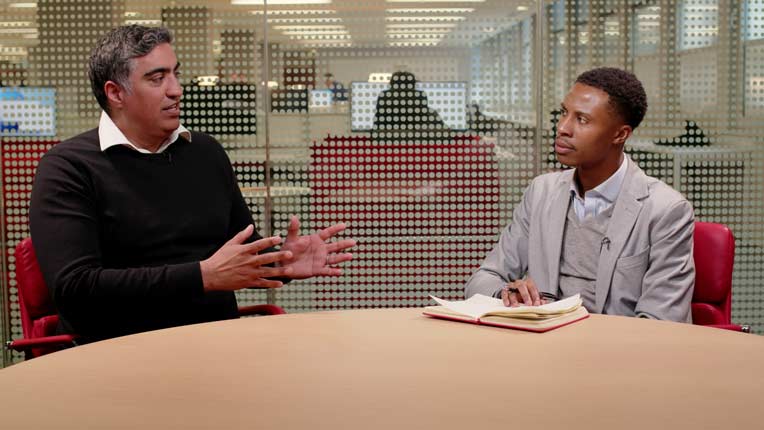A noteworthy development in the European ETP marketplace over the past couple of years has been the widespread reduction in fees. Similar to what has been witnessed in the US, a number of European ETP providers, including iShares, db X-trackers, Lyxor, Amundi, UBS, Source, Vanguard and SPDR have slashed total expense ratios (TERs) on ETFs linked to some of the most popular benchmarks (e.g. FTSE 100, S&P 500, MSCI Emerging Markets).
The cuts have been significant, ranging from 0.05 to 0.28 percentage points (pp) on the newly-created suite of ‘Core’ iShares ETFs for instance, while Amundi has slashed expense ratios by 0.25 pp on several Emerging Market and regional ETFs. Investors can now gain exposure to US and UK large cap-equities for a modest 0.05% and 0.09% in annual fees, respectively.
Most providers have explained the cuts as the result of economies of scale while categorically denying the existence of a ‘price war’. However, we believe some felt compelled to lower fees in response to the intensifying competition, especially following the entry of low-cost issuer Vanguard in 2012. While it remains to be seen if this race to the bottom will pay off for the providers, it certainly benefits investors, who will give up less of their returns in the form of fees.
Not everyone, however, may benefit from the fee cuts. Some providers have lowered fees on only one version of specific ETFs, most likely the dividend-accumulating ones, which may not suit long-term investors seeking income. That said, the analysis of flows for the first nine months of 2014 showed that, when faced with a dual pricing structure, investors—both new and existing—have tended to opt for the cheaper version. This has been particularly notable in the case of iShares which has seen large transfers out of its pricier FTSE 100 and S&P 500 ETFs into its cheaper ‘core’ alternatives. This confirms the notion that, for some investors, price is the most crucial factor in their ETF selection process.
Shift in the Usage of ETPs
From being a tool almost exclusively used by institutions, ETPs have yet to become mainstream as European investment fund distribution slowly moves away from retrocession-based and towards advisory fee-paying models. Whether driven by regulation, as has been the case in the UK and Netherlands, or led by fund distributors themselves, we would expect more countries in Europe to embrace these changes in years to come.
At this stage, we have only scratched the surface of how retail investors use ETPs, and while changes in distribution should help, the real growth potential in the retail take-up of ETPs will only be truly unlocked with changes in long-held investment habits and culture. In that respect, there are some positive signs. For example, aside from challenging traditional commercial-bank-dominated distribution channels, the increased popularity of online-based platforms encourages individuals to become more actively involved in the investment decision-making process. With widespread cuts to pensions and welfare benefits, investors will need to take an even more active role in saving and investing for retirement.
Running in parallel to changes in fund distribution, we are seeing a shift in the end-usage of ETPs. Tactical investing seems to be slowly losing predominance, as a growing number of investors now use ETPs more strategically as portfolio core building blocks. As a response, ETP providers such as iShares and db X-trackers have launched low-cost ranges of ‘core’ ETFs specifically targeted at long term buy-and-hold investors.
We have also witnessed changes in the way financial advisers think about ETPs and how to add value with them, particularly in countries like the UK. Multi-asset solutions, for instance, are becoming increasingly popular, with advisers using ETPs as building blocks to package and deliver low-cost diversified long-term investment solutions to their clients.
The above is an excerpt from the Morningstar report, A Guided Tour of the European ETF Marketplace.



























